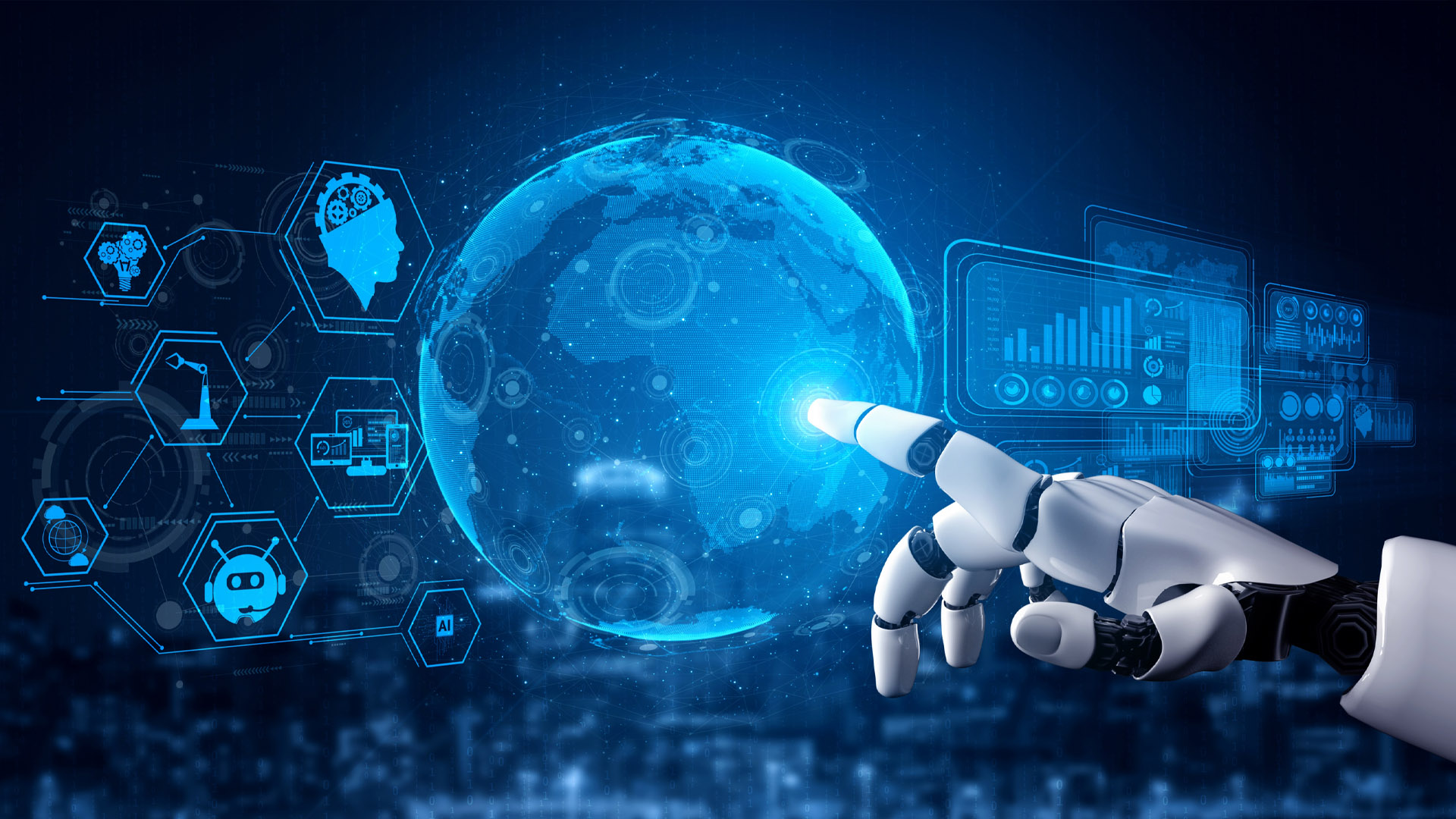Table of Contents
Preparing human resource that works: Automation, productivity and substantial growth.
Workplace Automation – Nearly 70% of business processes that could be automated are still manual. Before we start worrying about bots taking over human jobs, we ought to consider that automation when implemented effectively in a business will not replace jobs, rather redefine them.
Automating repetitive business processes frees up human resource for tasks that are more valuable and dynamic, increasing productivity at large.
While companies across different industries aspire to begin their automation journey, there is still some ambiguity regarding what automation in workplace looks like.
Automation in workplace today
At its core, automation in workplace is about implementing a system to complete repetitive, easily replicated tasks without any human intervention.
An example of automation in workplace would be hiring tools that can read through applications at an impressive speed, searching for specific keywords to quickly identifying the best candidates from a pool of applications.
Whether it is providing good customer service, streamlining the hiring process, or efficiently managing marketing campaigns, automation is already making inroads into several functions.
Basics of workplace automation
There are essentially three key aspects of starting any workplace automation.
1. Pain: Identify tasks or processes that employees have to execute often, that take up a lot of their time, and could be solved with computer logic.
2. Trigger: Next, consider what type of automation would solve the problems you have identified, and what the triggers will be that allow the automated flow to kick in.
3. Action: Finally, you research what services are able to do the job.
Real world examples of workplace automation
With automation enabling massive improvements, it is no surprise that more and more functions are jumping on the automation bandwagon.
Let’s look at a few real world examples of workplace automation enabling increased efficiency and profitability.
1. Sales Automation
Using software to automate repetitive sales activities like lead generation, prospecting and contact management can really help speed things up for a sales team.
Lead enrichment tools can do much of the internet stalking for you and create incredibly detailed profiles on your prospects.
The result is a very well-informed sales representative who is well armed to engage with potential clients and build relationships.
2. Marketing Automation
According to a study by Forrester, global spend on marketing automation is predicted to rise from $15.6 billion (2019) to $25.1 billion in the next four years.
Marketers spend a lot of time identifying opportunities, executing these and finally analyzing the data available to see what works and what does not to make adjustments.
Automation takes up repetitive work and frees up marketers to think of creative new ideas and run more experiments instead.
An easy automation win could be setting up a chatbot. For starters, a bot never sleeps, hence it is available round the clock to start conversations and answer questions exactly when a lead or customer wants it.
This is a great way of guiding new leads to the right kind of content that can turn them into qualified leads for the sales team to nurture.
3. HR Automation
Human Resources is one department that deals with the highest number of administrative tasks that could easily be automated.
Let’s identify a few examples of repetitive HR processes that can be digitized and automated.
- Employee data and keeping it up to date
- Onboarding and offboarding
- Timesheets, holiday requests and records
- Expenses claims
- Performance review records
- Staff training requests
- Payroll
- Recruitment process
Getting rid of these repetitive administration leaves more time for HR to focus on attracting top talent, reducing staff turnover, improving company culture, employee training and career development.
If you are interested in knowing more about HR Automation and its use cases, give this blog a read.
4. Customer Service
Chatbots are perhaps the most obvious example of automation that directly benefits customer service. It is estimated that up to 80% of all customer interactions can be handled by chatbots alone.
Not only does this free up human customer service agents for more crucial tasks, it also has the potential to significantly cut costs for customer-facing departments.
Looking for a chatbot for your business? Read everything Sirius – our conversational AI platform, can do for your business.
5. Accounts Payable Automation
Automated accounts payable solutions streamline processes, remove human error, cut down on costs and speed up invoice processing.
The result is no more misplaced invoices, no more time wasted hunting down payments and no more wondering when a payment will be approved.
Faster approval time offers your company greater flexibility and improved cash flow. Automated, electronic payments guarantee that orders and invoices get to where they need to be and ensures that your suppliers and contractors can be paid faster.
6. Help Desk
Help desks are tired of answering the same questions about vacation policies, Wi-Fi passwords, guest logins and so on.
Chatbots can be trained to answer internal requests, so you do not have to.
Employees can send their questions via Slack, email, WhatsApp and more—and immediately get the info they need.
This greatly helps IT, HR and office managers, who now have way more time for their core responsibilities and big picture projects.
Automation for efficiency and profitability
Even though 49% of the activities that people are paid to do in the global economy have the potential to be automated, only less than 10 percent of occupations can be fully automated.
[hbupro_banner id=”22557″]
Perhaps the most vital component to being successful at deploying automation is the hard work that has to be done to prepare and adapt human capital to work in complementary ways with technology.
Workers will have to be continually trained. This will require not only changes in skills, but also changes in mindsets and culture, in a world where “co-workers” include not only other people, but also bots and machines.














